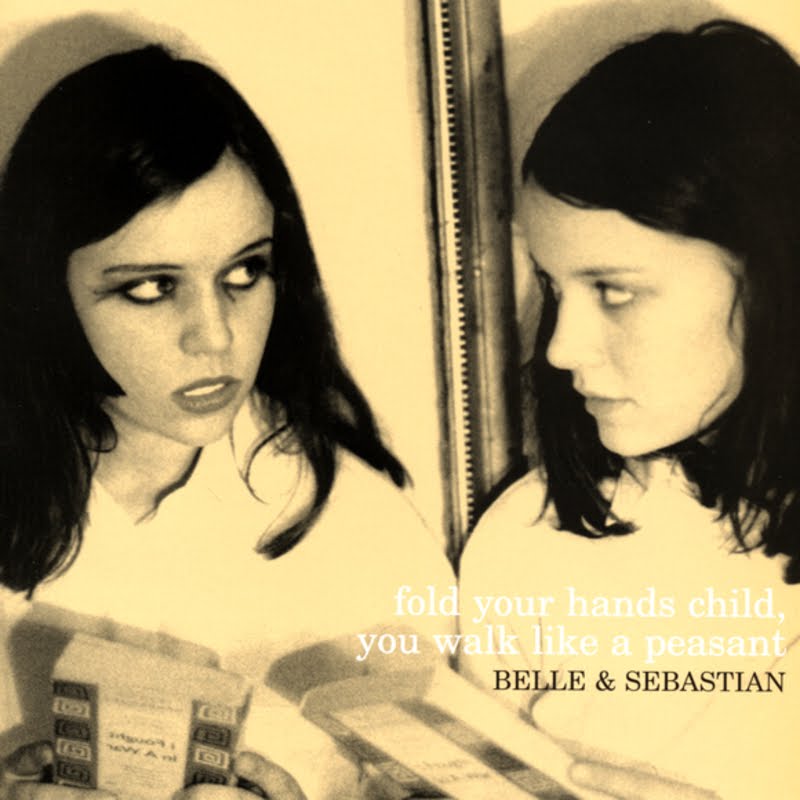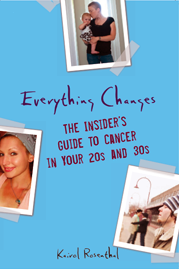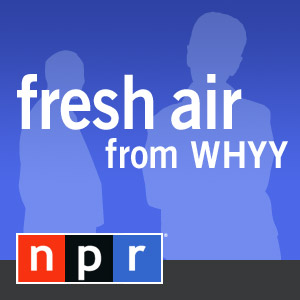
Camel Lights were my brand my sophomore year of college. I lived in New York City, was dancing, reading poetry, and feeling very cool at the Hungarian Pastry Shop with a cigarette in my hand. I was one of the people I would now like to scream at for polluting the air.
I was diagnosed with thyroid cancer at age 27. (Completely unrelated to my year of off-and-on smoking in college.) I had surgery and two rounds of radioactive iodine treatment, none of which was targeted at my lungs. Still, I have become extremely sensitive to smoke since my cancer care began. And, I now live in Philadelphia, which has the highest smoking rate of any major city in the United States.
Second hand cigarette smoke determines where I walk on a sidewalk, what apartments I can rent, and forces me to keep my windows shut in the summer. I cannot sit in a theater, on a bus, or stand in line next to a smoker. Their smoke laden clothes send my lungs into a spasm. If I meet a potential new friend and discover they are a smoker, I don’t make attempts to build a friendship. Why put my lungs through the burn?
Although I wish for a smoke-free world for my own health and comfort, I also think about it because more people die from lung cancer than from any other kind of cancer. I wonder, what if the anti-tobacco crusade were as powerful and as visible as the campaign to find a cure for breast cancer?
According to the CDC, “Each day in the United States, approximately 3,800 young people under 18 years of age smoke their first cigarette, and an estimated 1,000 youth in that age group become daily cigarette smokers.”
As a young adult cancer patient, I am motivated to learn more about what it will take to reduce smoking rates in this country. I’ll keep you posted about what I find out along the way. Until then, perhaps you could send this post along to the smokers you know just so they understand that when I roll my eyes at them and cough until I almost puke, I am not trying to be obnoxious. It is just self-preservation.
![]()
![]()



 “Everything Changes is, without doubt, the most forthright, emotionally sophisticated, and plain-old valuable book of its kind I've seen.”
“Everything Changes is, without doubt, the most forthright, emotionally sophisticated, and plain-old valuable book of its kind I've seen.”












